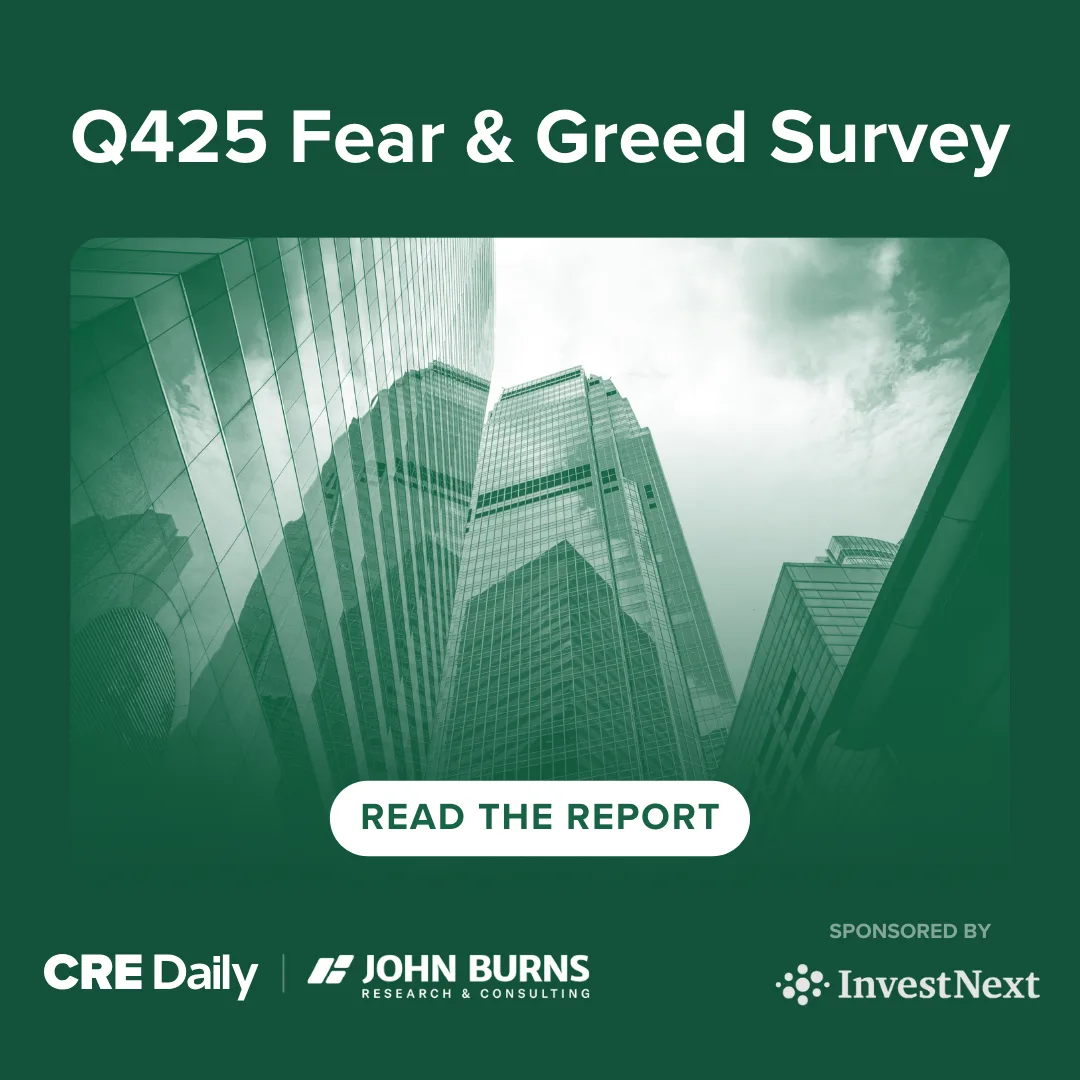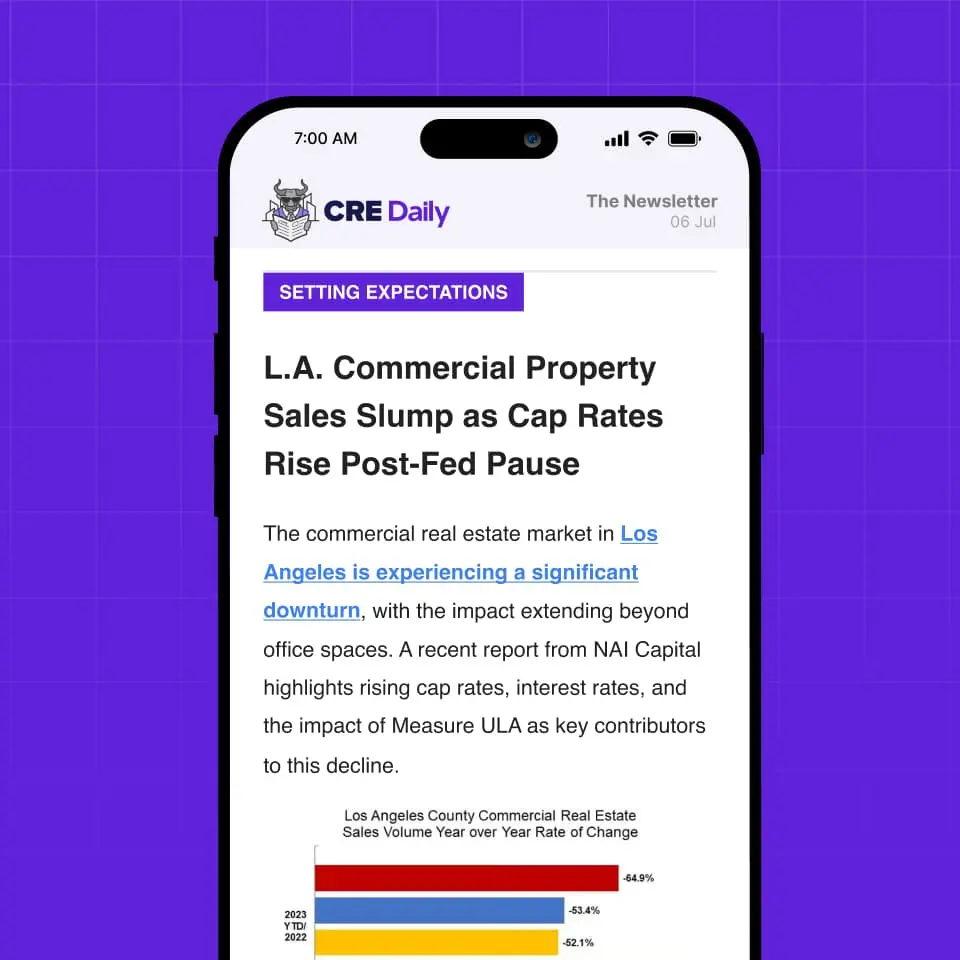- Moody’s Analytics Chief Economist Mark Zandi has issued a stark warning, upgrading his housing market outlook from “yellow flare” to “red flare.”
- Persistently high mortgage rates near 7% are squeezing affordability and threatening to pull down home sales, construction activity, and prices.
- Zandi warns that housing could soon become a serious drag on overall economic growth, especially as consumer spending weakens.
Market Stress Signals Worsen
Mark Zandi, the chief economist at Moody’s Analytics, is sounding the alarm on the US housing market, reports GlobeSt. In recent comments on X and to Fortune, Zandi said the housing sector has officially turned from a concern to a full-blown economic risk. His outlook has escalated to what he describes as a “red flare.”
No Relief In Sight
Thirty-year mortgage rates have remained stubbornly high, ranging from 6.60% to just over 7% since the start of 2025. Zandi emphasized that while mortgage rates were higher in past decades, home prices were significantly lower. This makes today’s housing market far more unaffordable for many buyers. He warned that without a material drop in rates, a sharp decline in home sales, new construction, and prices is likely.
Get Smarter about what matters in CRE
Stay ahead of trends in commercial real estate with CRE Daily – the free newsletter delivering everything you need to start your day in just 5-minutes
Data Doesn’t Reassure
Recent Census data shows volatility in new residential construction, with a steep 9.7% drop in May and only a 4.6% recovery in June. Zandi cautioned that the data’s wide confidence intervals mean these changes may not reflect true market improvement.
Meanwhile, house price growth is showing signs of stalling. “Prices have gone sideways and are set to fall,” Zandi wrote. He cited a growing supply of listings and weakening demand, especially from rate-locked homeowners now being forced to sell due to life changes.
A Broader Economic Drag
Zandi warned that housing is no longer a sector to watch — it’s becoming a headwind to economic growth. A weakening housing market would ripple through construction, lending, and real estate services. It could also hit consumer confidence and drag down GDP in late 2025 and early 2026.
Consumers Under Pressure
A new internal analysis from Moody’s suggests the top 20% of US households account for half of all consumer spending. These higher-income earners drove demand in the post-pandemic period, but their spending has cooled. For the remaining 80%, slower wage growth, inflation, rising credit burdens, and the return of student loan payments are curbing consumption.
Zandi’s bottom line: the US economy is losing momentum — and housing could soon be at the center of the storm.
















